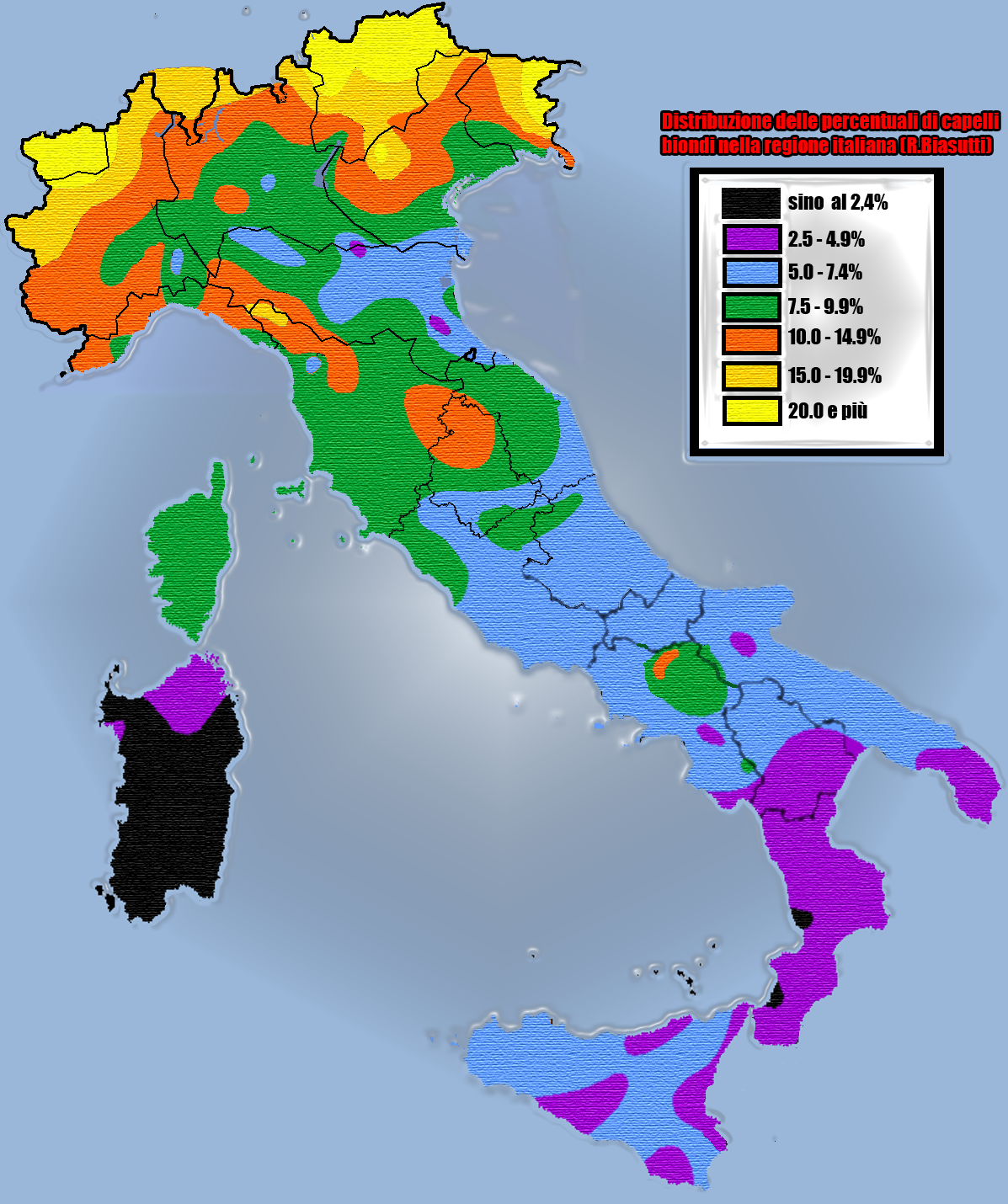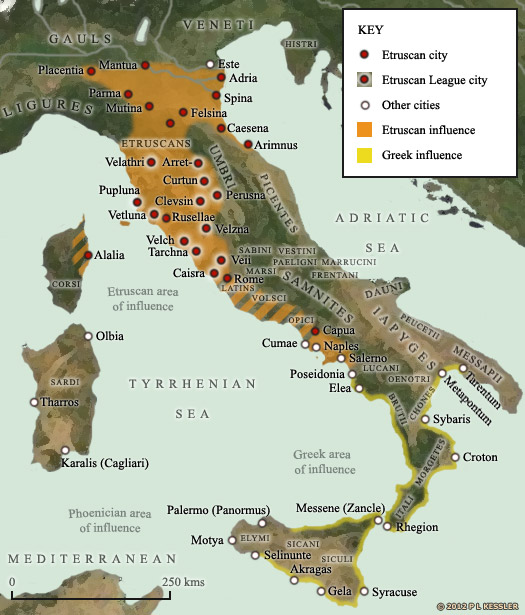Angela
Elite member
- Messages
- 21,823
- Reaction score
- 12,329
- Points
- 113
- Ethnic group
- Italian
This is an extremely rare and exciting find, as many Etruscan tombs were despoiled by grave robbers.
Here is the Discovery News article:
http://news.discovery.com/history/archaeology/intact-packed-etruscan-tomb-found-151204.htm
"An intact Etruscan tomb, complete with sarcophagi, a full array of grave goods and a mysterious marble head, has has been brought to light in the Umbria region of Italy, in what promises to be one of the most important archaeological findings in recent history."
"Once opened, the tomb revealed a 16 square-foot rectangular chamber with two sarcophagi, four marble urns and various grave goods. One of the sarcophagi, made from stone, bears a long inscription.
So far Natalini and colleagues have been able to read the word “Laris.” Lars is a common Etruscan male first name. The stone coffin contains the skeleton of a male individual."
"A mysterious marble head, clearly broken at the neck level, has been also found.
“It portrays the beautiful face of a young man. We do not know yet its meaning. Perhaps it was part of a statue that honored one of the deceased,” Natalini said.
Apart from grave goods, which include pottery, miniature votive vases and two intact ceramic jars, likely used to store food for the afterlife, the archaeologists found four urns with cremains.
Made from fine grained alabaster marble, three of them are finely sculpted. The lid portrays the half naked deceased with a flower necklace reclining on two cushions as if at a banquet. He bears a patera, a shallow ritual offering dish, in the right hand.
The use of alabaster marble, the style of the burial and clues from the inscriptions suggest the burial belongs to an aristocratic family from the nearby Etruscan stronghold of Chiusi, Natalini said."
Most important, from a genetics point of view, there are two undisturbed, uncontaminated elite Etruscan skeletons, one of which is male.
Some pictures. Unfortunately, a roof collapse means all the no doubt painted plaster has fallen to the ground.
http://4.bp.blogspot.com/-OCuJ4Oy-r-E/UkB0hCiDbxI/AAAAAAAA0v8/zv2sfo1_Tlw/s1600/Etruscan_tomb_01.jpg
http://www.thehistoryblog.com/wp-content/uploads/2013/10/two-platforms.jpg
http://img.huffingtonpost.com/asset/1200_630/566534e4210000dd005ac697.jpeg?cache=b9zksm13ma
http://static.ddmcdn.com/gif/7.food.jpg
Here is the Discovery News article:
http://news.discovery.com/history/archaeology/intact-packed-etruscan-tomb-found-151204.htm
"An intact Etruscan tomb, complete with sarcophagi, a full array of grave goods and a mysterious marble head, has has been brought to light in the Umbria region of Italy, in what promises to be one of the most important archaeological findings in recent history."
"Once opened, the tomb revealed a 16 square-foot rectangular chamber with two sarcophagi, four marble urns and various grave goods. One of the sarcophagi, made from stone, bears a long inscription.
So far Natalini and colleagues have been able to read the word “Laris.” Lars is a common Etruscan male first name. The stone coffin contains the skeleton of a male individual."
"A mysterious marble head, clearly broken at the neck level, has been also found.
“It portrays the beautiful face of a young man. We do not know yet its meaning. Perhaps it was part of a statue that honored one of the deceased,” Natalini said.
Apart from grave goods, which include pottery, miniature votive vases and two intact ceramic jars, likely used to store food for the afterlife, the archaeologists found four urns with cremains.
Made from fine grained alabaster marble, three of them are finely sculpted. The lid portrays the half naked deceased with a flower necklace reclining on two cushions as if at a banquet. He bears a patera, a shallow ritual offering dish, in the right hand.
The use of alabaster marble, the style of the burial and clues from the inscriptions suggest the burial belongs to an aristocratic family from the nearby Etruscan stronghold of Chiusi, Natalini said."
Most important, from a genetics point of view, there are two undisturbed, uncontaminated elite Etruscan skeletons, one of which is male.
Some pictures. Unfortunately, a roof collapse means all the no doubt painted plaster has fallen to the ground.
http://4.bp.blogspot.com/-OCuJ4Oy-r-E/UkB0hCiDbxI/AAAAAAAA0v8/zv2sfo1_Tlw/s1600/Etruscan_tomb_01.jpg
http://www.thehistoryblog.com/wp-content/uploads/2013/10/two-platforms.jpg
http://img.huffingtonpost.com/asset/1200_630/566534e4210000dd005ac697.jpeg?cache=b9zksm13ma
http://static.ddmcdn.com/gif/7.food.jpg







